Office Hour: Clyde Daly
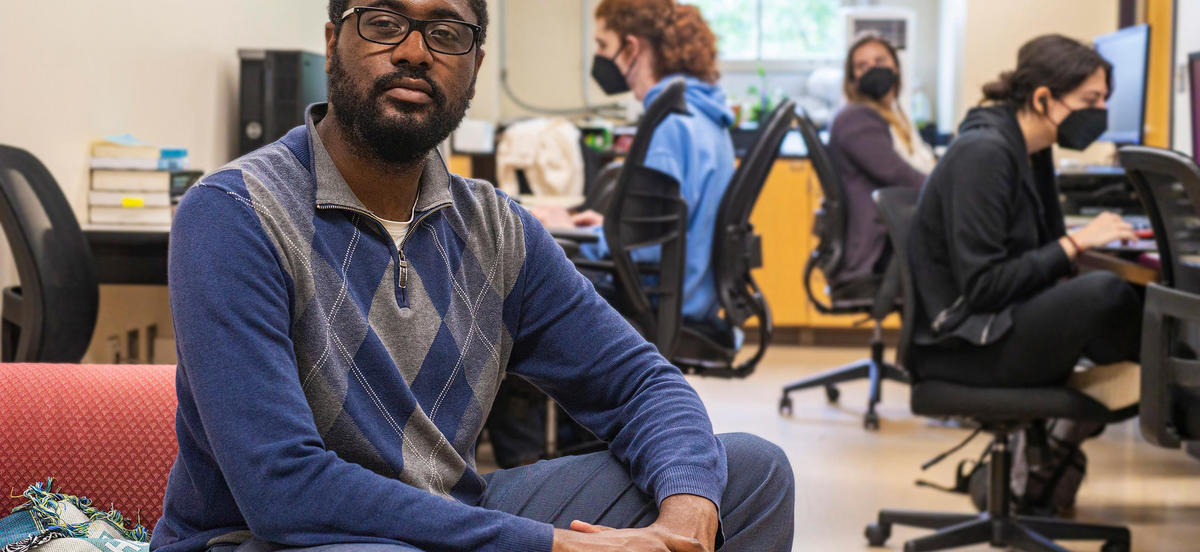
The assistant professor of chemistry gives us a tour of his office.
When the U.S. Department of Energy (DOE) recently announced more than $540 million in awards for research into clean energy technologies and low-carbon manufacturing, one grant recipient was a team that includes the lab of Assistant Professor of Chemistry Clyde Daly.
Daly and his collaborators at the University of Pittsburgh are working on novel materials for carbon dioxide capture, and the more-than-$2 million DOE grant they were awarded includes $408,710 for the Daly Lab at Haverford to support an additional postdoctoral scholar, summer and work-study stipends for two students, and more. Daly, who earned his Ph.D. from the University of Notre Dame and joined the faculty in 2020, says the undergraduate students in his lab will be involved in every step of this new research, including performing molecular dynamics simulations, building machine learning models, and calculating infrared spectra.
“Hopefully, our research will lead to insights that are applicable to many materials that scientists are exploring for carbon capture,” says Daly. “If we’re lucky, we’ll stumble across an especially effective carbon-capture material during our studies!”
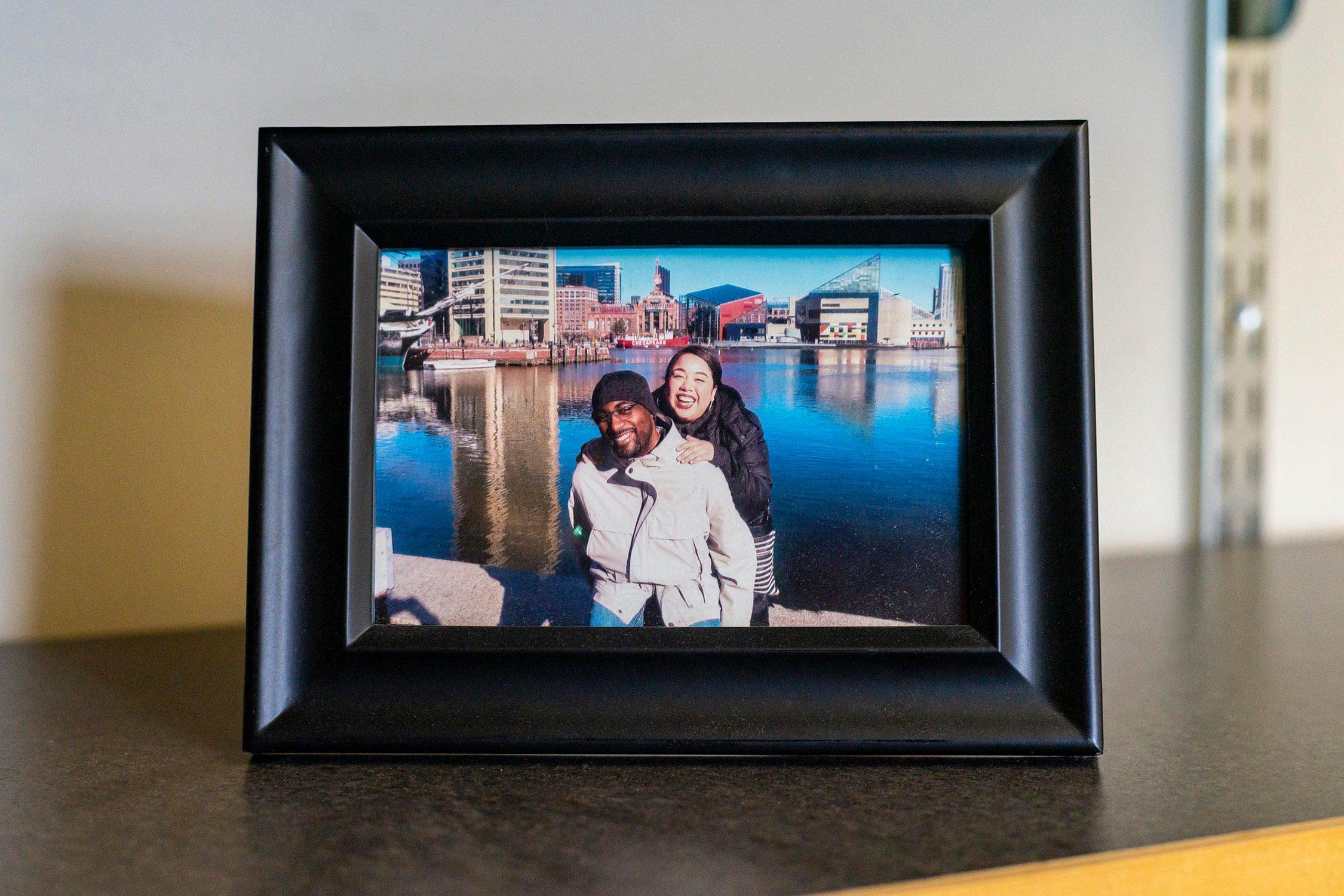
➊ Photo of Daly with his partner, Gabriela Solis: She’s a classical musician—a singer who focuses on the time period around Bach. She does performances all over the country and in Europe, and [in September] she did some performances at Haverford. She’s also taught a writing course at Haverford, and she’s been a writing tutor. But recently she’s been working at Johns Hopkins’ Center for Talented Youth, with their online program
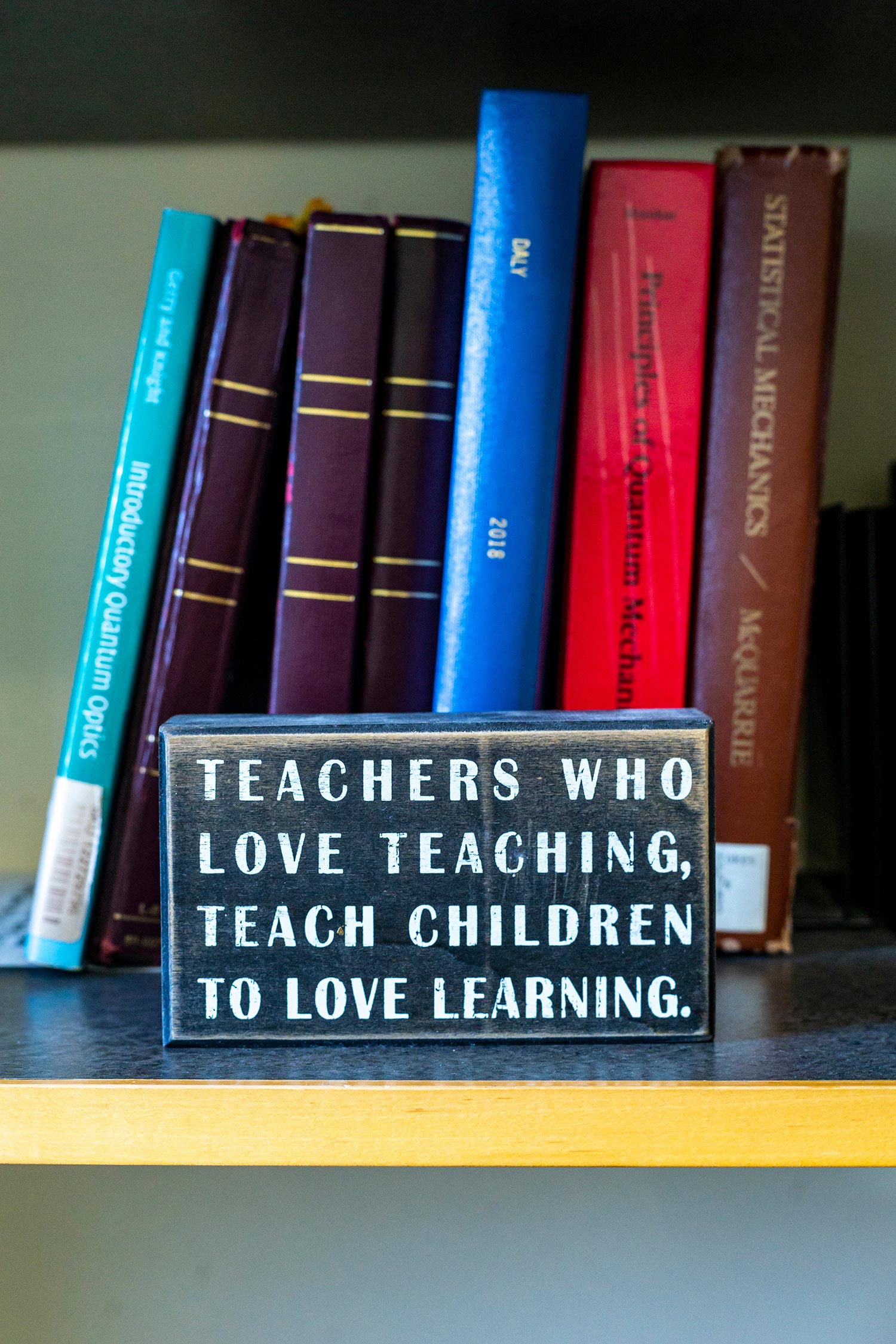
➋ Plaque: My mom got this for me. The use of the word “children” there is not quite right for college students, but in my parents’ culture they use the term for people who are considerably older than most Americans would think of as children. They’re from Montserrat, in the Caribbean. They moved here in their twenties, and I was born in Boston and grew up in Randolph, Mass. My mom worked with mentally disabled adults. Right now, she supervises a home for them near Boston. And my dad, since literally the day I was born—which was the day he had his job interview—has worked for the Massachusetts Bay Transportation Authority. He fixes trains.
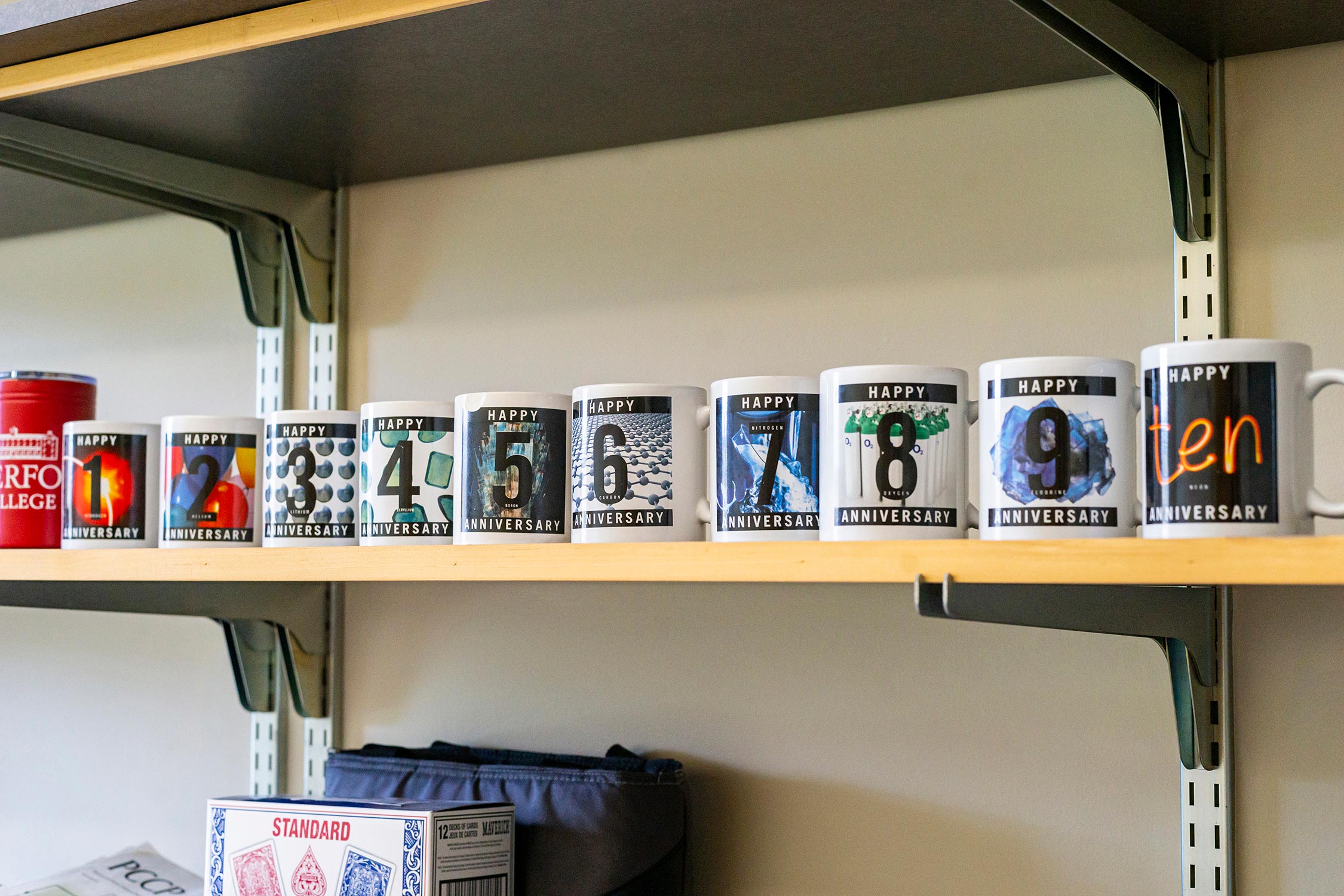
➌ Mug collection: I’ve been a member of the American Chemical Society for 10 years. The ACS is the national organization for chemistry—all kinds of chemistry, from industry to high school teachers, to academics like myself. Every year [as a membership gift] they send me a mug with one of the elements on it. So I’ve got hydrogen, helium, lithium, beryllium, boron, carbon, nitrogen, oxygen, fluorine, and neon. Presumably, next year I’ll get sodium.
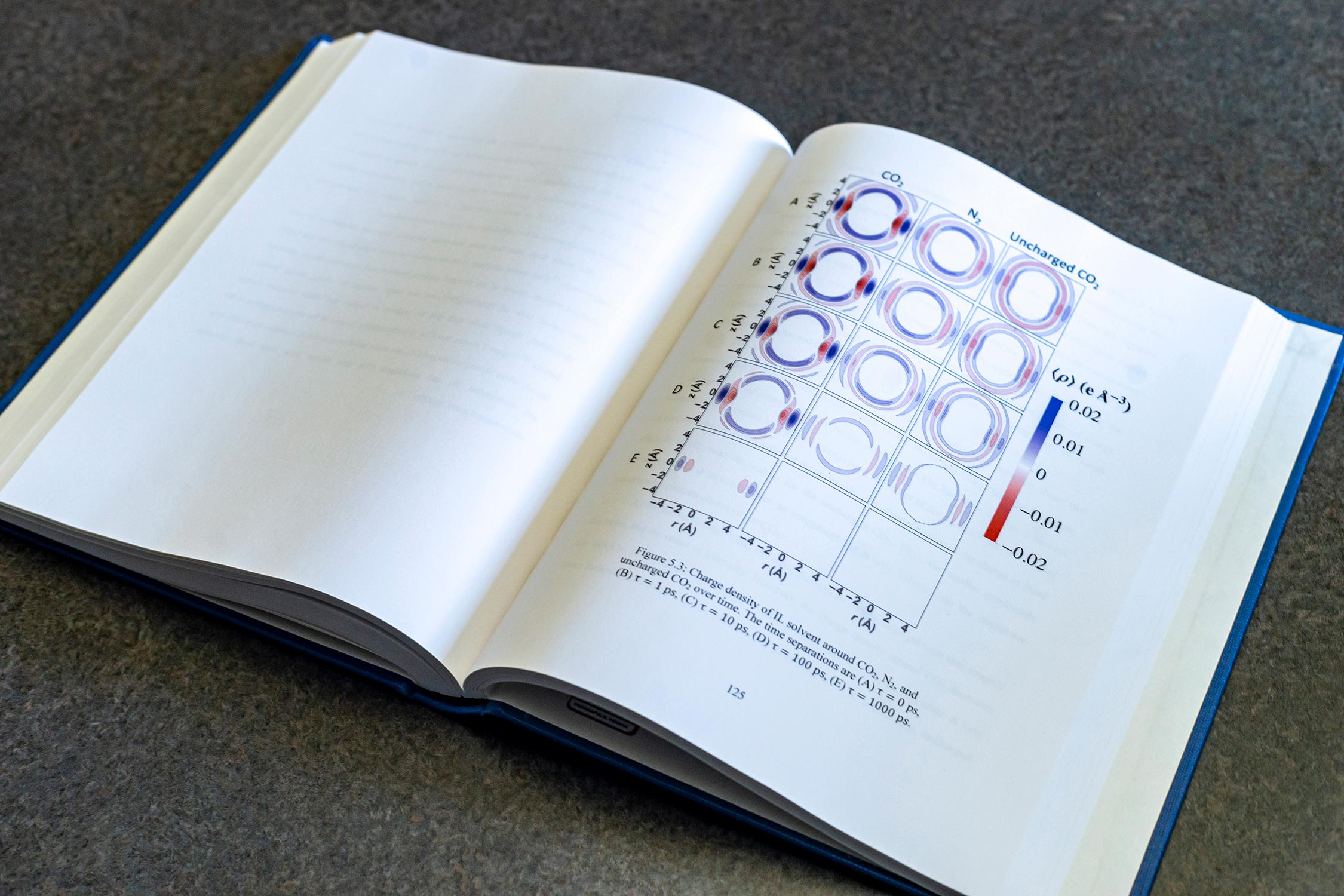
➍ His Ph.D. thesis: My research focused on a particular set of materials called ionic liquids, which turn out to absorb carbon dioxide way better than you’d expect, especially since other gases that are like CO2 don’t get absorbed. The question for me was, “Why?” Because if we can answer that, maybe we can design ionic liquids that absorb CO2 even better, or maybe someone else will come along with a whole different material that is better at absorbing carbon dioxide than ionic liquids ever could be. So in my thesis, I used computer simulations to try to answer that question.
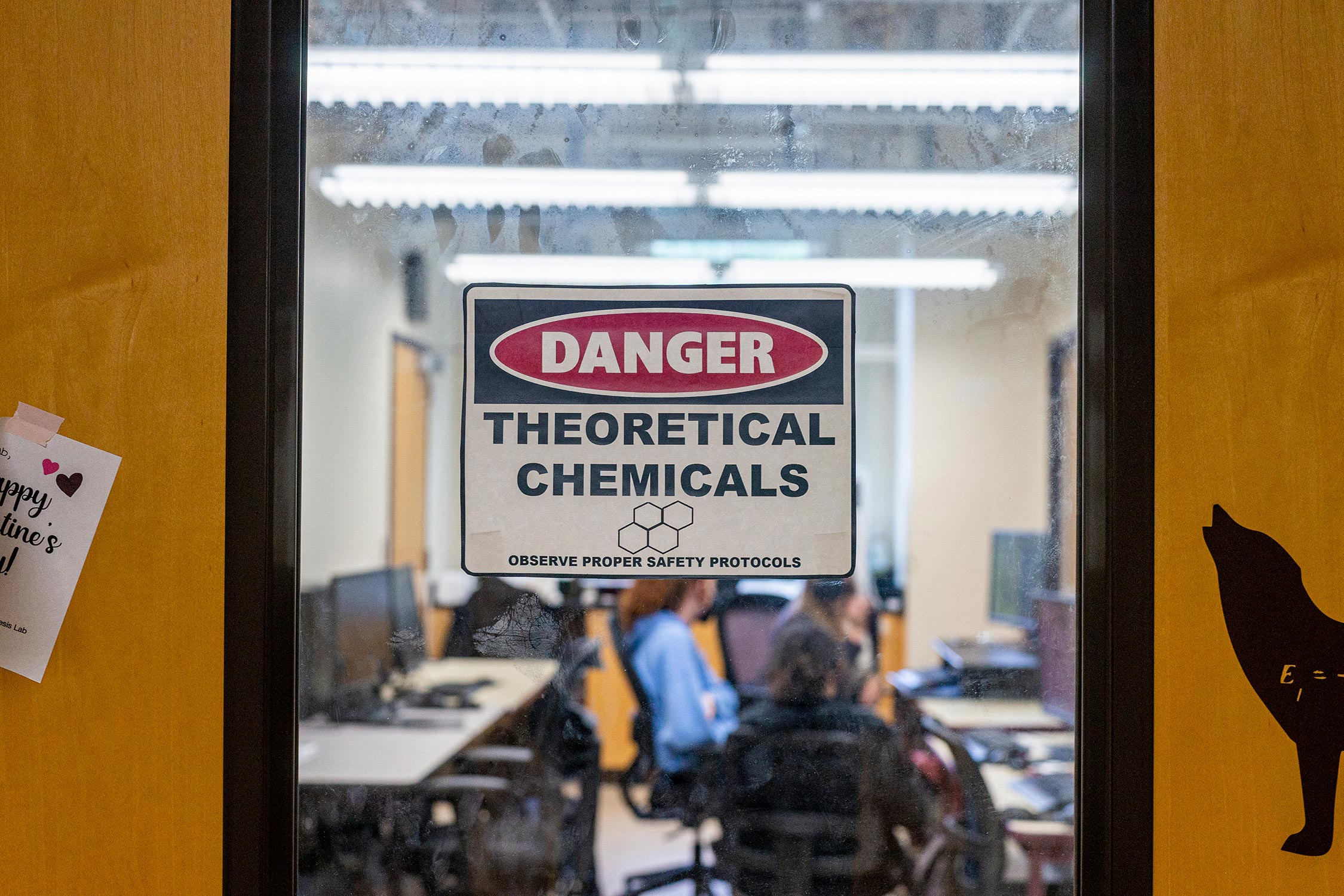
➎ Sign on the door of the Daly Lab: In most chemistry labs, thinking very carefully about safety is paramount. But we don’t use actual chemicals. So there aren’t really safety protocols in the same way as every other lab. The sign is a joke, but it also has the right idea behind it. Safety is important, right? It’s just that this is a space where we can be a little more chill.
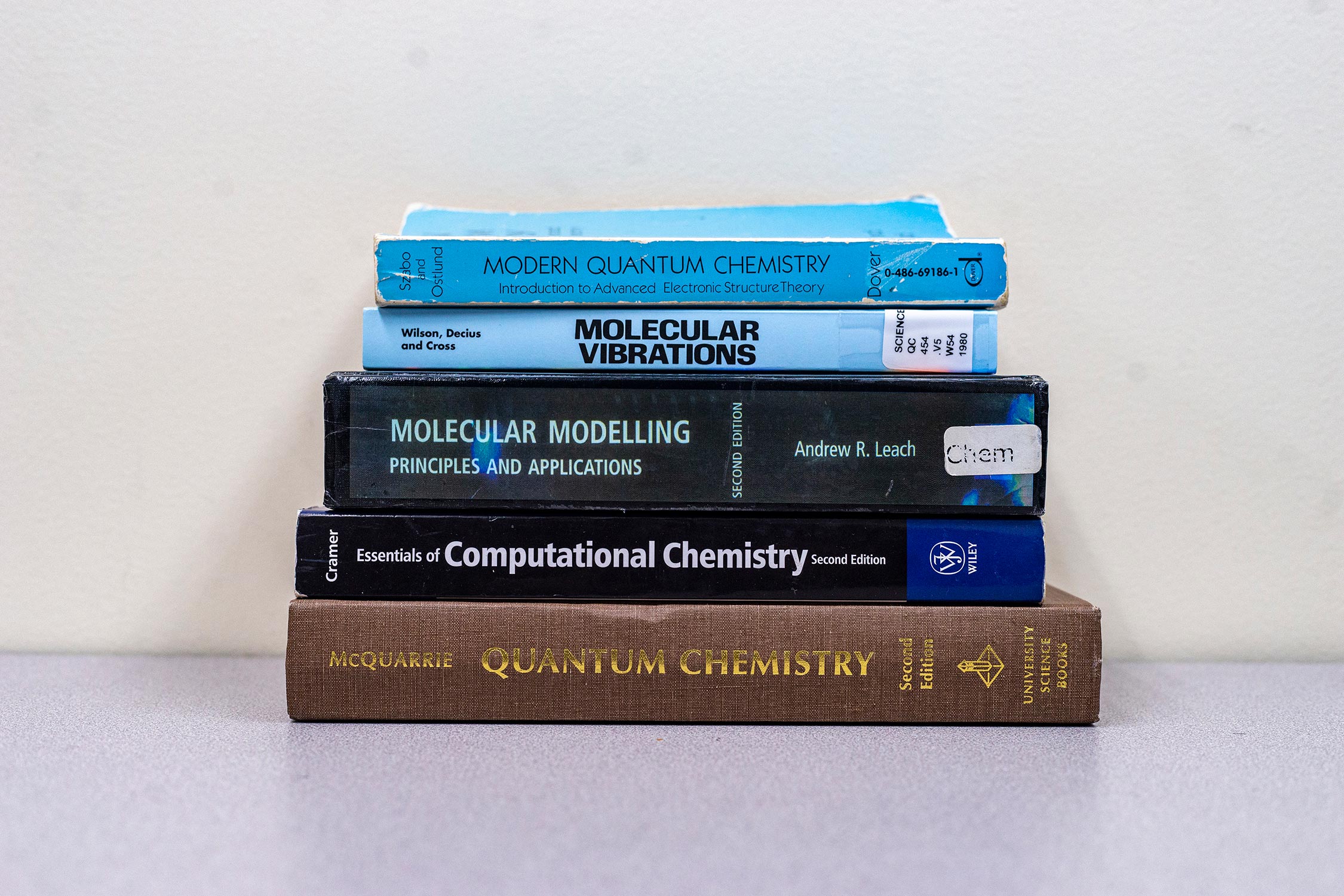
➏ Chemistry books: These are all different computational chemistry books which have been useful to me, and which my students [working in the Daly Research Lab] reference. There’s one that’s really good for quantum mechanics, and another is kind of the Bible of molecular vibration. All of these books are about how we move from the simulation to experimental prediction.
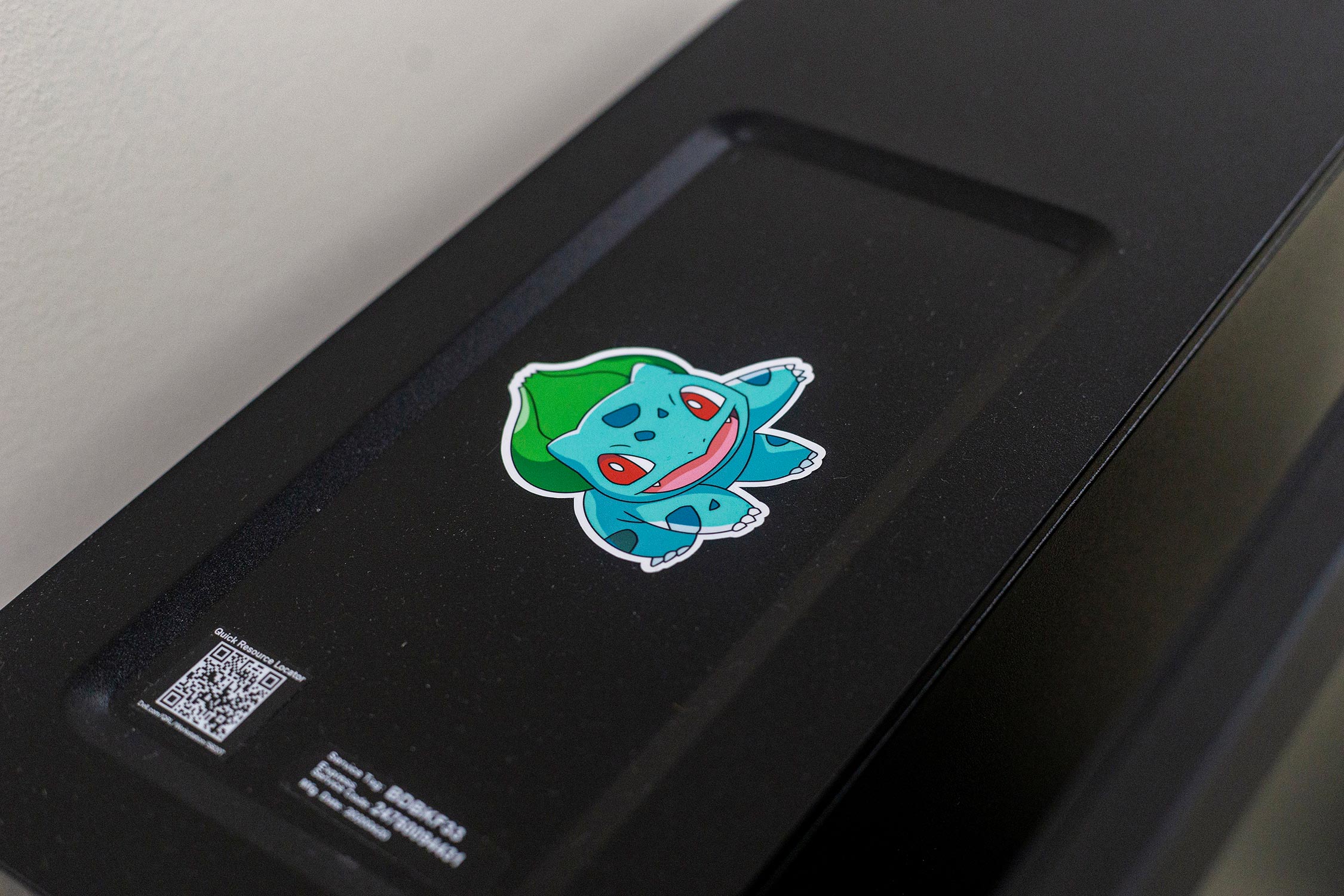
➐ Lab workstations: We have five workstations all named after a different Pokemon. We’ve got Squirtle, Charmander, Bulbasaur, Mew, and Eevee. All the computers have a type of graphics processing unit that can do really fast simulations One station is meant to do more quantum mechanics, so it has 112 CPU cores. For context, the most powerful laptop computers have 8 CPU cores. When I was doing my Ph.D. thesis, a computer simulation might have taken me a week. Now, my students can do it in a day, or even in hours. That’s an interesting thing about computational chemistry: Every new generation is able to do new things just because the computers are better.
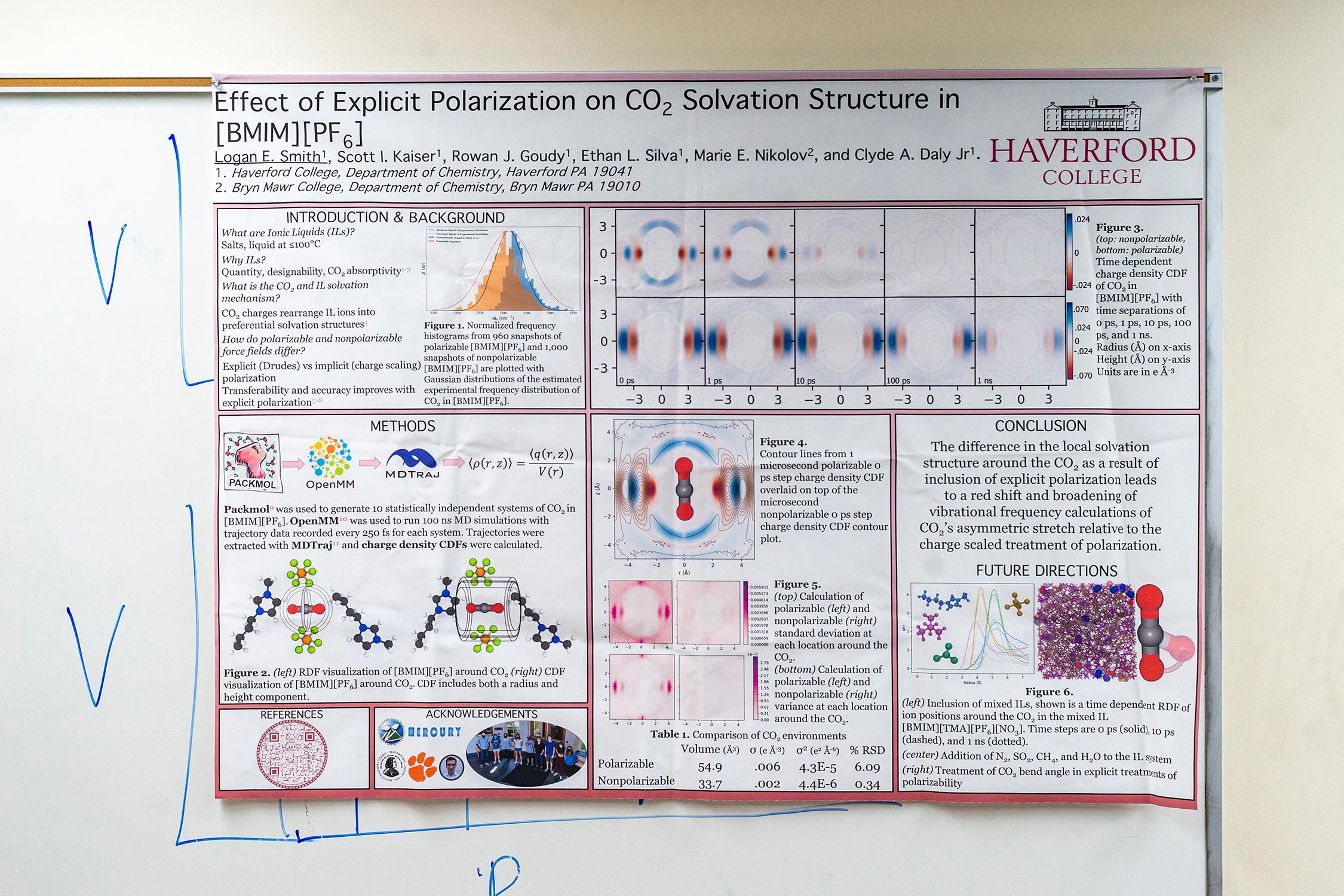
➑ Research poster: This poster was presented by one of my students, Logan Smith ’23, at the ACS conference in August, in Chicago. Two other students [Rowan Goudy ’23 and Marie Nikolov BMC ’23] also presented at that meeting. Actually, every one of the posters on the walls here was presented at different conferences.